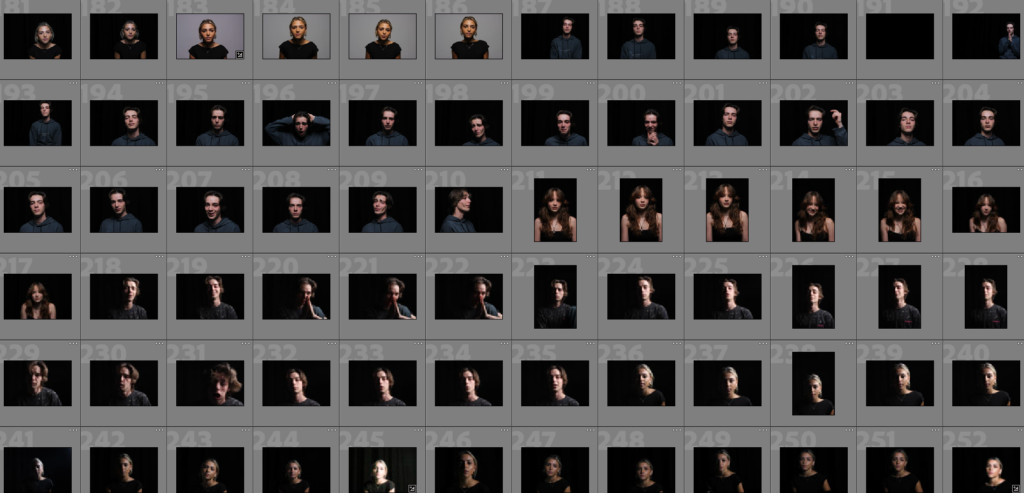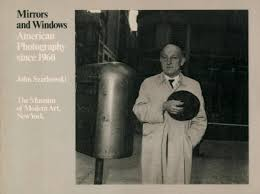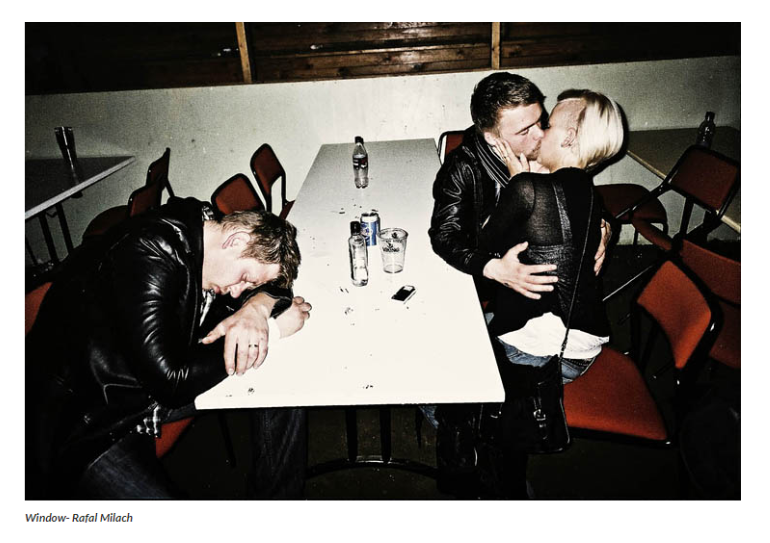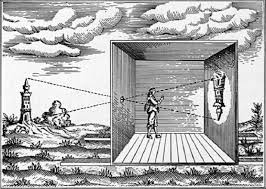Laia Abril
Laia Abril (born 1986) Abril was born in 1986 in Barcelona, Spain, is a Catalan artist whose work relates to bio-politics, grief and women’s rights. She won the PhotoBook festival in Kassel and the PhotoEspaña Best Book Award. Her books include The Epilogue (2014), which documents the indirect victims of eating disorders; and a long-term project as seen down below.
A History of Misogyny
- Chapter Two: On Rape
- Chapter One: On Abortion
- Genesis Chapter: On Mass Hysteria
- Menstruation Myths
- Feminicides
On Eating Disorders
On Sexuality
&
Here are some of her images.

Laia Abril’s Misogyny is a powerful exploration that confronts the enduring issue of gender-based violence and the horrific things women go through. Abril goes into the nature of misogyny, shedding light on its harmful impact on women and how it can affect them. However she is trying to challenge this misogynistic attitude and shape individual lives. Abril’s approach is deeply personal, as she captures not only the physical harm and deception of violence but also the psychological scars left by the hate.
Her work engages with silence that some women have to do, such as a domestic abuse relationship that which is not shown in the media but is present in the lives of women. Abril’s photography often uses symbolism and conveys an message, always. For example the silencing of a women’s voices in patriarchal systems. The intimacy of her portraits and the message she tries to convey emphasizes the complexity of misogyny.
By confronting the world with harsh truth that no one wnats tp hear, Abril wnats us to look at gender inequality, abortion and all the probelms we a swomen face etc…
Through Misogyny, Abril uses photography as a tool for artistic expression but also as a means of social activism, using the camera to bring silenced voices and hidden stories to light. Her work therefore tells us so much about women’s life.
My favourite image

This is my favourite image because its an image that you could argue shows a women “suffering in silence”. She looks drained and almost as if she is going though a rough time. This image is in black and white which apposes that she is going through some sort of barging or depression as its a dull colour and that’s what you would relate these colours with. She is clearly a feminist and has a very strong opinion on what and how women suffer. Women Suffer In Silence! which is the sad truth of reality. I love how she is one of the only women who will speak upon it and isn’t shy about the horrors. Abril is a strong independent women who isn’t scared to speak on the harsh truth.
Her books


Laia Abril is a powerful voice in contemporary photography, using her work to explore complex social issues, particularly those affecting women. Through her books she attaches themselves too so many issues such as rape, abortion etc. Abril goes into themes of trauma, gender inequality, and the unseen struggles women face. Her intimate yet unapologetic approach to storytelling has a profound impact, encouraging a deeper understanding of the lived experiences of women today. Abril’s ability to blend personal narratives with broader social commentary makes her work not only a visual experience but a call for empathy and change, empowering women to reclaim their stories and challenge societal norms.
Women today continue to face deep-rooted challenges, such as misogyny. This remains widespread, everyday in discrimination, verbal abuse, and gender violence. Many women still struggle against social expectations and stereotypes (norms) that dictate how they should look, act, and live. Despite progress in gender equality, issues like sexual harassment, assault, and rape continue to haunt women, leaving emotional, physical, and psychological trauma. In many places, women are still denied equal rights in education, work, and politics, and their voices are often silenced, such as Afghanistan – the Taliban. The pressure to meet beauty standards, combined with the constant threat of violence, creates an environment of fear and low self-esteem.






























